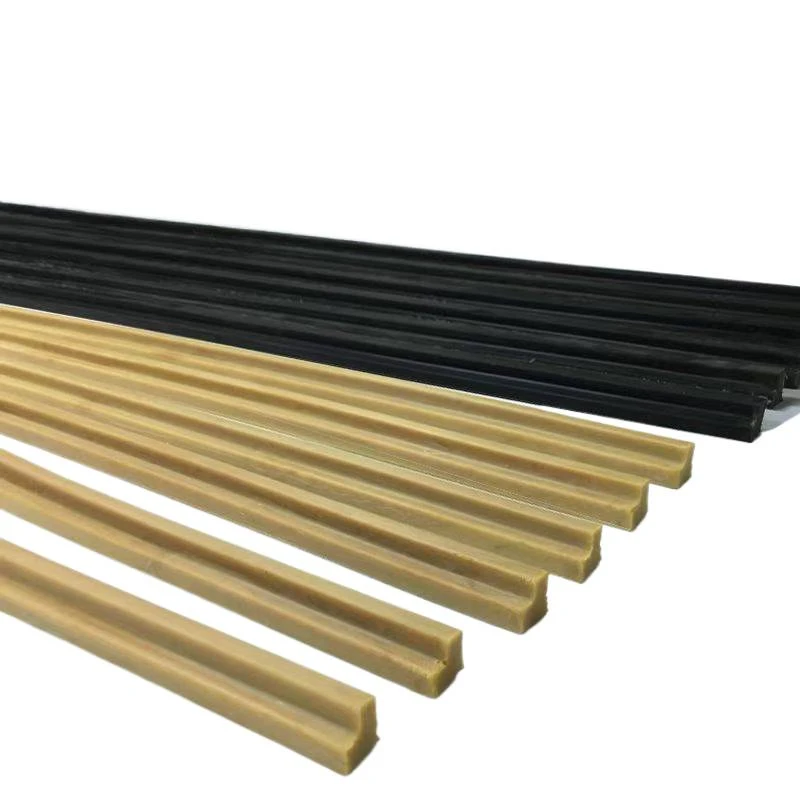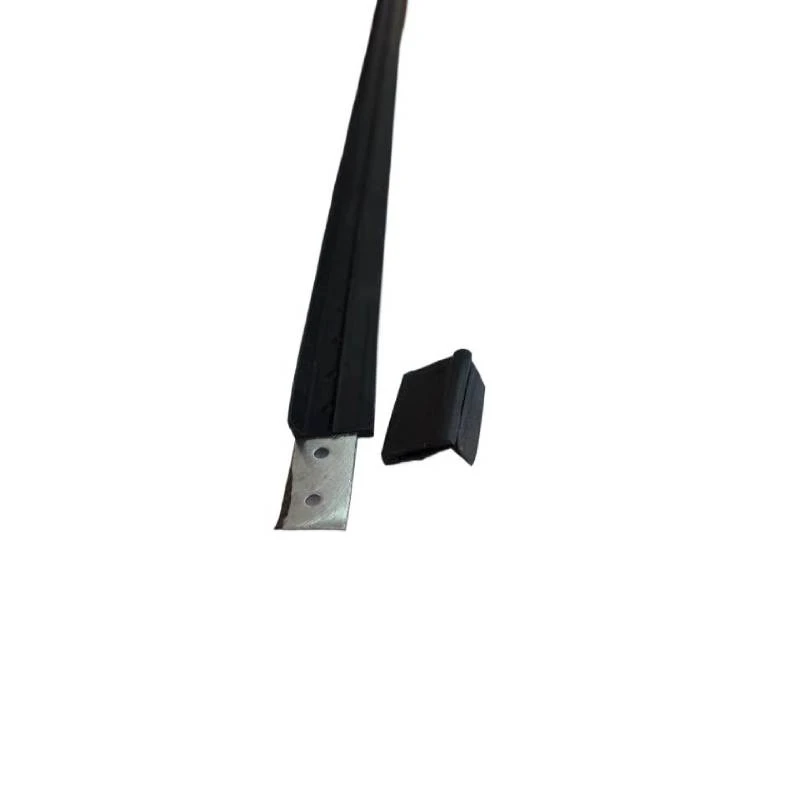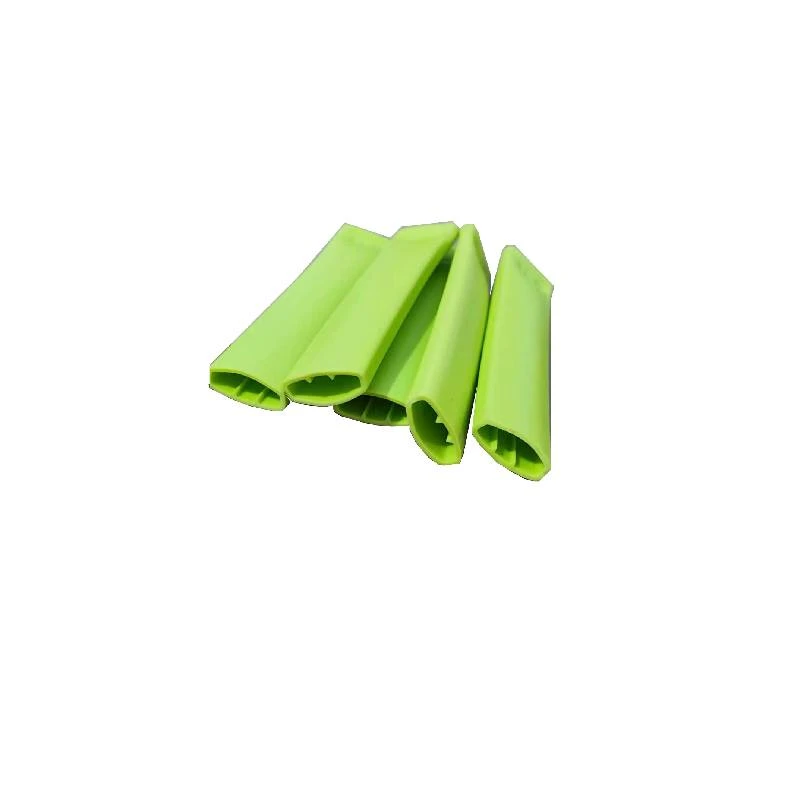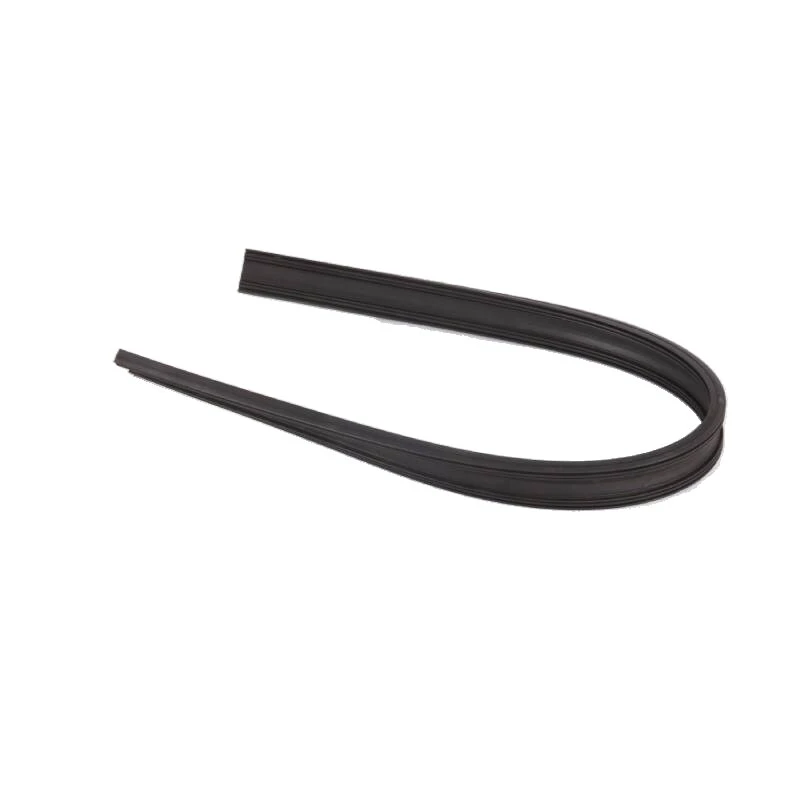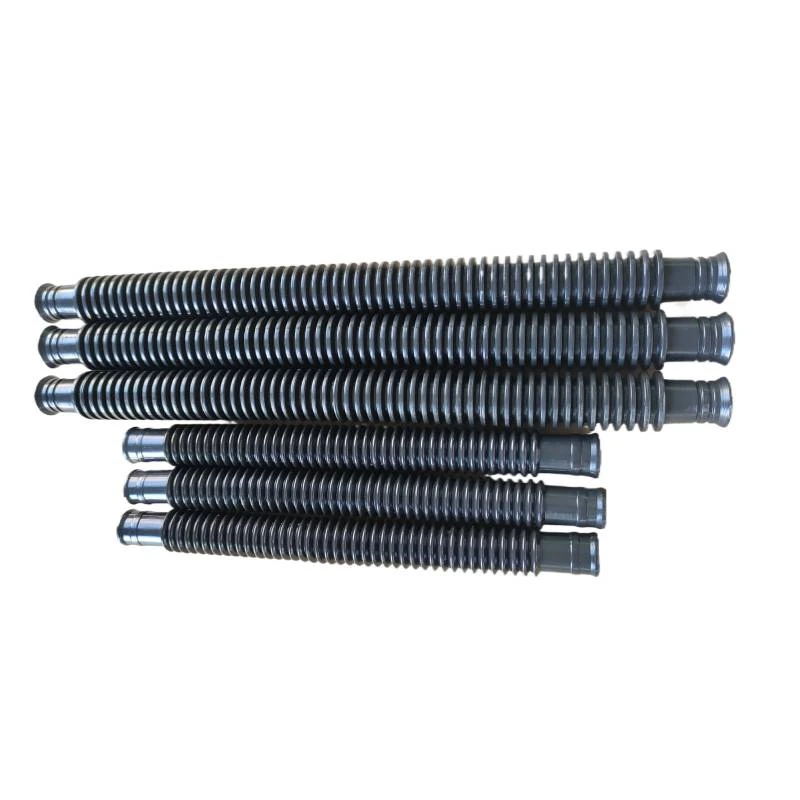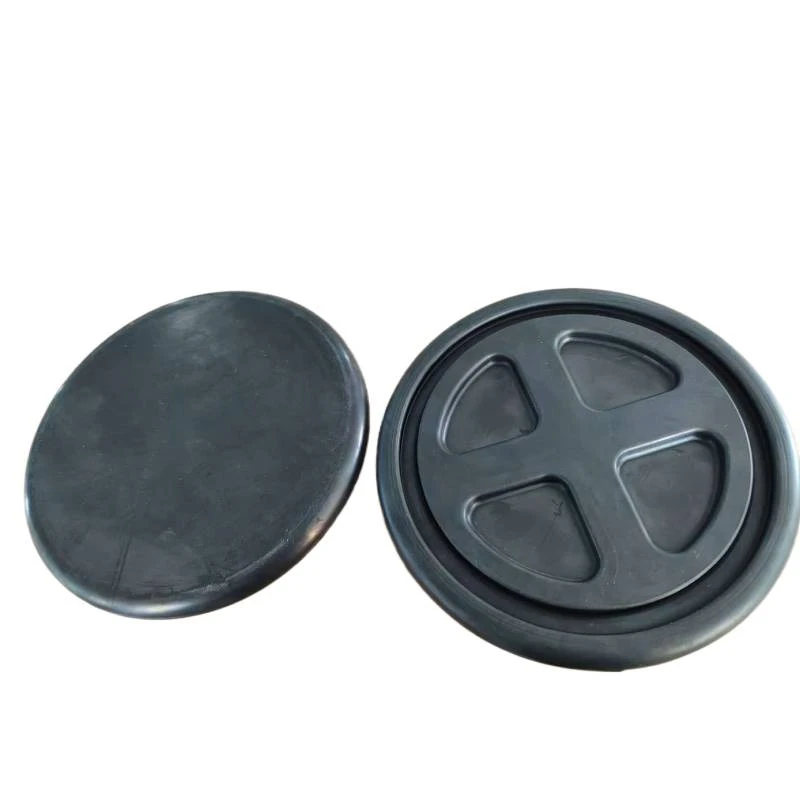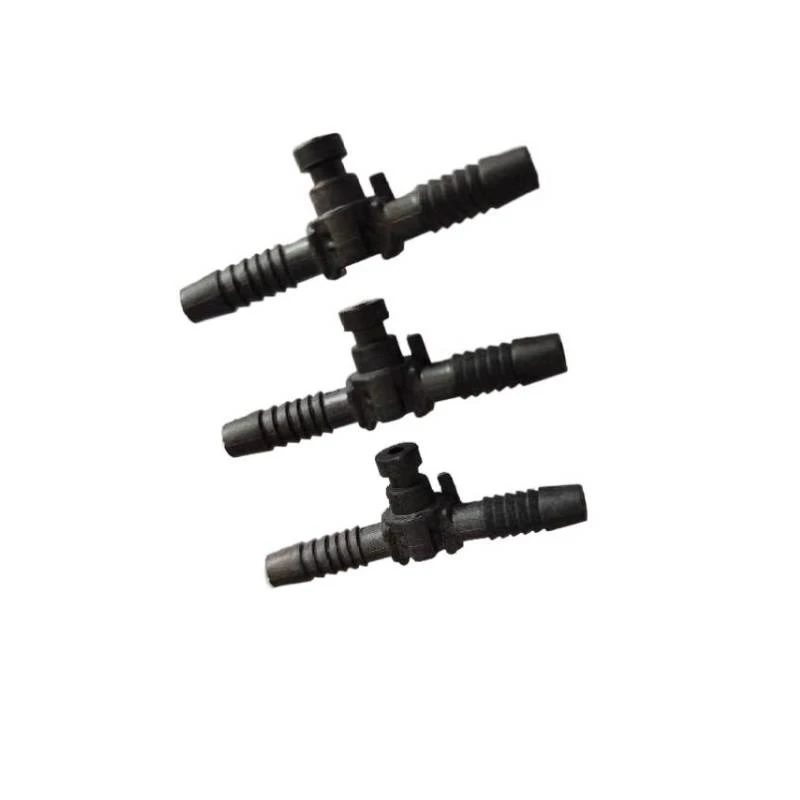
- Afrikaans
- Albanian
- Amharic
- Arabic
- Armenian
- Azerbaijani
- Basque
- Belarusian
- Bengali
- Bosnian
- Bulgarian
- Catalan
- Cebuano
- chinese_simplified
- chinese_traditional
- Corsican
- Croatian
- Czech
- Danish
- Dutch
- English
- Esperanto
- Estonian
- Finnish
- French
- Frisian
- Galician
- Georgian
- German
- Greek
- Gujarati
- haitian_creole
- hausa
- hawaiian
- Hebrew
- Hindi
- Miao
- Hungarian
- Icelandic
- igbo
- Indonesian
- irish
- Italian
- Japanese
- Javanese
- Kannada
- kazakh
- Khmer
- Rwandese
- Korean
- Kurdish
- Kyrgyz
- Lao
- Latin
- Latvian
- Lithuanian
- Luxembourgish
- Macedonian
- Malgashi
- Malay
- Malayalam
- Maltese
- Maori
- Marathi
- Mongolian
- Myanmar
- Nepali
- Norwegian
- Norwegian
- Occitan
- Pashto
- Persian
- Polish
- Portuguese
- Punjabi
- Romanian
- Russian
- Samoan
- scottish-gaelic
- Serbian
- Sesotho
- Shona
- Sindhi
- Sinhala
- Slovak
- Slovenian
- Somali
- Spanish
- Sundanese
- Swahili
- Swedish
- Tagalog
- Tajik
- Tamil
- Tatar
- Telugu
- Thai
- Turkish
- Turkmen
- Ukrainian
- Urdu
- Uighur
- Uzbek
- Vietnamese
- Welsh
- Bantu
- Yiddish
- Yoruba
- Zulu
Corrosion Resistance of Metal Parts
In various industrial applications, the corrosion resistance of metal parts is a critical factor that determines their longevity and reliability. Whether these parts are exposed to harsh chemicals, extreme weather conditions, or constant moisture, their ability to withstand corrosion is essential for maintaining the integrity of the systems they are part of. This article will delve into the importance of corrosion resistance in metal parts, explore how it can be enhanced, and discuss the role of plastic part alternatives and prototype plastic parts in providing durable solutions.
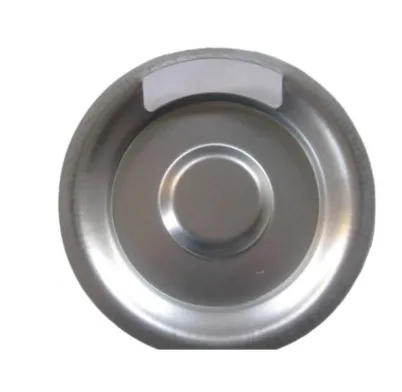
Enhancing Corrosion Resistance with Advanced Materials and Coatings
To enhance the corrosion resistance of metal parts, manufacturers often turn to advanced materials and coatings. These can include stainless steels, aluminum alloys, and specialized coatings such as zinc plating, galvanizing, and ceramic coatings. Each material and coating offers unique benefits in terms of corrosion resistance, wear resistance, and overall durability. For example, stainless steel is known for its excellent resistance to corrosion in various environments, making it a popular choice for applications where exposure to moisture and chemicals is common. Similarly, galvanizing involves coating steel or iron with a layer of zinc, which provides a robust barrier against corrosion. By selecting the appropriate materials and coatings, manufacturers can significantly improve the corrosion resistance of metal parts, ensuring they remain functional and reliable over extended periods.
The Role of Plastic Part Alternatives in Corrosion Resistance
In some applications, plastic part alternatives offer a viable solution for enhancing corrosion resistance. Plastics, such as polyethylene, polypropylene, and PVC, are inherently resistant to many types of corrosion and can be used as effective substitutes for metal components in certain environments. These materials are lightweight, cost-effective, and can be easily molded into complex shapes, making them suitable for a wide range of applications. Plastic part alternatives are particularly useful in applications where exposure to corrosive chemicals or constant moisture is a concern. For instance, in chemical processing plants, plastic pipes and fittings are often used instead of metal ones to avoid the risk of corrosion. Additionally, the use of plastic part alternatives can reduce maintenance costs and downtime associated with corrosion-related issues, making them an attractive option for many industries.
Prototype Plastic Parts: Testing and Development for Corrosion Resistance
The development of prototype plastic parts plays a crucial role in testing and optimizing the corrosion resistance of components. By creating prototypes, manufacturers can evaluate the performance of different materials and designs under various corrosive conditions. This allows them to identify the most suitable materials and configurations for specific applications, ensuring that the final product offers the best possible corrosion resistance. Prototype plastic parts can be subjected to accelerated corrosion tests, such as salt spray tests or chemical exposure tests, to assess their durability and performance. These tests provide valuable insights into the behavior of the materials and help manufacturers make informed decisions about material selection and design modifications. By leveraging the capabilities of prototype plastic parts, manufacturers can develop highly corrosion-resistant components that meet the stringent requirements of modern industrial applications.
Comparing Metal and Plastic Parts in Terms of Corrosion Resistance
When comparing metal parts and plastic part alternatives in terms of corrosion resistance, it is important to consider the specific requirements and conditions of the application. While metal parts can offer high strength and durability, they may be more susceptible to corrosion in certain environments. On the other hand, plastic part alternatives provide excellent corrosion resistance but may lack the mechanical strength of metals. In some cases, a combination of both materials may be used to leverage the benefits of each. For example, metal components can be coated with corrosion-resistant plastics or composites to enhance their durability. Additionally, hybrid designs that incorporate both metal and plastic elements can provide a balanced solution, offering the strength of metals and the corrosion resistance of plastics. By carefully evaluating the pros and cons of each material, manufacturers can select the most appropriate solution for their specific application, ensuring optimal performance and longevity.
Metal Parts FAQS
How do plastic parts offer better corrosion resistance compared to metal parts?
Plastic parts are inherently resistant to many types of corrosion due to their chemical composition. Unlike metals, which can react with corrosive substances, plastics such as polyethylene, polypropylene, and PVC do not corrode easily. This makes them suitable for applications where exposure to chemicals or moisture is a concern.
Why are prototype plastic parts important in developing corrosion-resistant components?
Prototype plastic parts allow manufacturers to test and optimize the corrosion resistance of components before full-scale production. By subjecting prototypes to accelerated corrosion tests, manufacturers can identify the most suitable materials and designs, ensuring that the final product offers the best possible corrosion resistance.
Can metal parts be made more corrosion-resistant?
Yes, metal parts can be made more corrosion-resistant through the use of advanced materials and coatings. Stainless steels, aluminum alloys, and specialized coatings such as zinc plating and galvanizing can significantly enhance the corrosion resistance of metal parts, extending their service life and reducing maintenance costs.
Are plastic parts suitable for high-strength applications?
While plastic parts generally offer excellent corrosion resistance, they may lack the mechanical strength of metals. However, advancements in materials science have led to the development of high-strength plastics and composites that can meet the demands of certain high-strength applications. The choice between metal and plastic parts depends on the specific requirements of the application.
What factors should be considered when selecting plastic part alternatives for corrosion resistance?
When selecting plastic part alternatives for corrosion resistance, several factors should be considered. These include the specific type of corrosive environment the part will be exposed to, the mechanical requirements of the application, and the cost implications. Different plastics offer varying levels of corrosion resistance, so it is important to choose a material that matches the specific needs of the application. Additionally, factors such as temperature resistance, UV resistance, and chemical compatibility should also be evaluated to ensure the selected plastic part will perform reliably over its intended lifespan.
If you are looking for high-quality metal parts or need expert advice on selecting the right materials for your corrosion-resistant components, visit our company website. Our experienced team of professionals is dedicated to providing you with reliable solutions and exceptional customer service. Explore our wide range of materials and discover why we are a trusted partner in the industry.
-
Types of PVC Pipe Fittings for Water Supply Elbows Tees and CrossesNewsJul.18,2025
-
Stainless Steel Metal Washer Types: Corrosion Resistance RatingsNewsJul.18,2025
-
Rubber Parts Manufacturers Vulcanization Process OptimizationNewsJul.18,2025
-
Plastic Part Injection Molding Cycle Time OptimizationNewsJul.18,2025
-
Metal Parts Manufacturer Custom CNC Machining for Precision FittingsNewsJul.18,2025
-
Custom Aluminum Parts Design Considerations for Heat DissipationNewsJul.18,2025
-
Key Features of High - Quality Rubber BushNewsJul.04,2025



